Earlier this month, the Bombay Natural History Society (BNHS) had organised a workshop on the neglected ecosystem of the Deccan Plateau. The guide delves deeper to gauge why it’s crucial to protect this region that is home to abundant flora and fauna

BNHS
Spanning Maharashtra, Karnataka, Telangana and Andhra Pradesh, the Deccan Plateau is considered as a biodiversity hotspot and is home to a variety of flora and fauna.
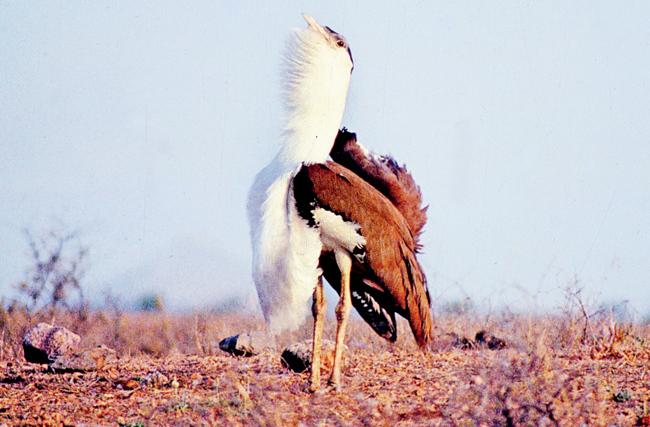
The Great Indian Bustard can be spotted in the Deccan Plateau. pic courtesy/Asad Rahmani
Yet, the region is neglected and faces threats from different quarters. As part of an ongoing study of the grassland ecosystem, the Bombay Natural History Society (BNHS) recently held a two-day workshop to mark World Wildlife Day (March 3), titled Conservation of Wildlife in Deccan Plateau of Maharashtra — A Neglected Ecosystem.
Atul Sathe, Manager-Communications from BNHS-India shares some of the key findings from the region while showcasing its unique ecosystem. Excerpts from an interview:

Spotted Dove can be found in the region. Pic courtesy/Salim Mulla
Q. What is the importance of the Deccan Plateau?
A. The Deccan Plateau has a population of 25 crores and includes big and medium cities like Pune, Hyderabad, Bengaluru, Nagpur, Nashik, Amravati, Belgaum, Bijapur, Mysuru (Mysore), Warangal, Nandyal and Tirupati. The resource needs of these cities and thousands of villages in terms of water and food crops depend upon the ecological health of the Deccan Plateau, including the Western Ghats.
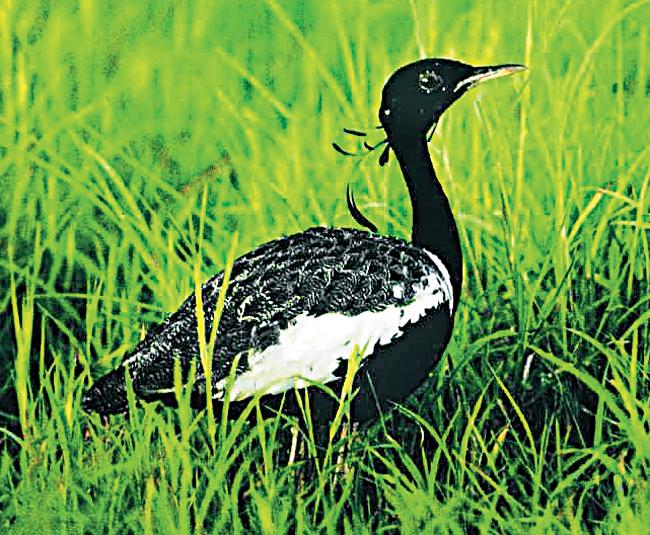
Lesser Florican. Pic courtesy/Asad Rahmani
Q. Could you tell us about the unique wildlife found in the Deccan Plateau?
A. The typical mammals of the Deccan Plateau include Blackbuck, Chinkara, Nilgai, Indian Wolf, Golden Jackal, Indian Fox, Black-naped Hare, Flying Fox and other bat species, Stripped Hyena, Leopard, Jungle Cat and the Grey Mongoose. Till the 1940s, the Asiatic Cheetah, which is now extinct, was considered the apex predator in these regions. Typical grassland bird life includes Great Indian Bustard, Lesser Florican, Pallid Harrier, Black Kite, Brahminy Kite, Common Kestrel, Baya Weaver, Stonechat, Pied Bush Chat and various species of sandgrouse, francolin, lapwing, dove, quail, lark, drongo, shrike, babbler, egret and pipit, among others.
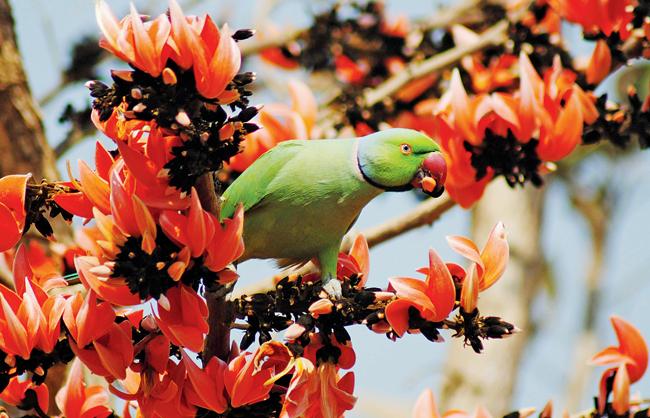
The Flame of the Forest is one of the prominent tree species found in the Deccan Plateau. pic courtesy/Salim Mulla
Q. Tell us about the unique plant life found in the Plateau and its relevance.
A. Many areas have grasslands, where various species of grass and stunted bushes predominate. In areas of thorn forests and dry deciduous forests, adjoining the grasslands, tree species like Bor, Babhool, Hivar, Flame of the Forest, Shirish, Teak, Banyan and Peepal are found.
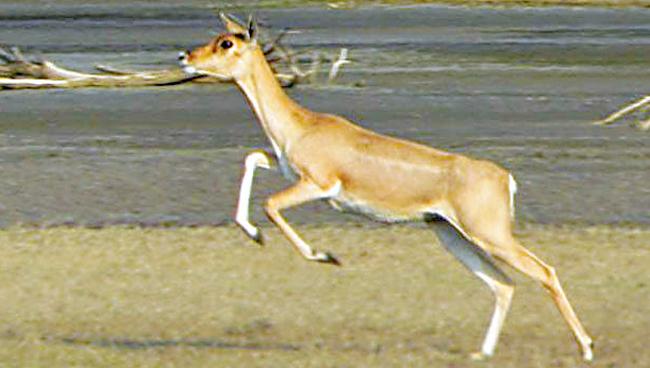
A female Blackbuck. pic courtesy/Varsha Chalke
These plants ensure that desertification does not happen in these already arid landscapes. They also prevent erosion by wind and rainwater. They provide shelter and food for many species of mammals, birds, reptiles and insects and support an entire food chain.
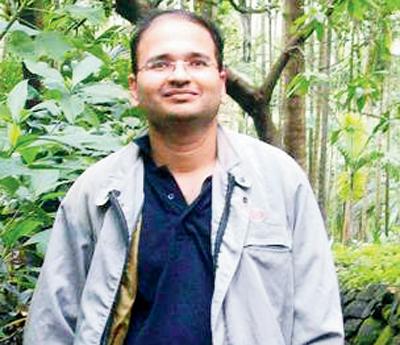
Atul Sathe Manager, Communications, BNHS-India
Many are valuable in the form of medicines, fodder and fuel. Birds like the Great Indian Bustard and Lesser Florican require grass species of specific height, found here.
 Subscribe today by clicking the link and stay updated with the latest news!" Click here!
Subscribe today by clicking the link and stay updated with the latest news!" Click here!









